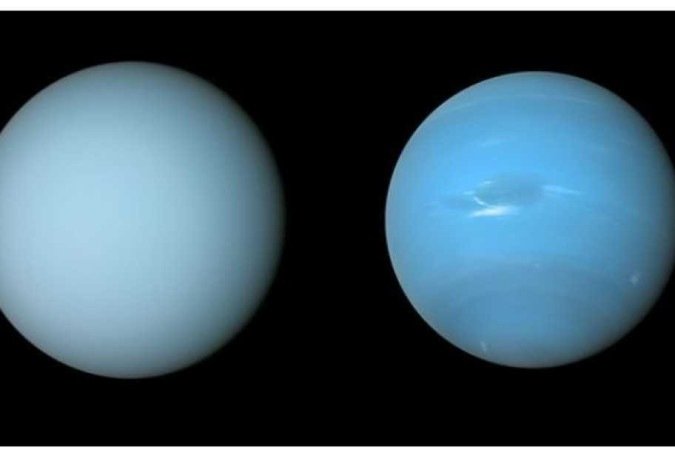Scientists discover the reason for the different colors of Uranus and Neptune
1 min read
Published on 01/06/2022 12:52 / Updated 01/06/2022 12:53

(Credit: NASA/JPL-Caltech/B. Jónsson)
Despite being similar planets, Uranus and Neptune have different colours. For a long time, this question puzzled astronomers, but now scientists have taken another step towards understanding why this is so.
Through observations from the Gemini Observatory, NASA’s Infrared Telescope Facility, and the Hubble Space Telescope, researchers have developed an atmospheric model of two planets. The results have been published in Journal of Geophysical Research.
And the interpretation of the difference in the color of the planets in the atmosphere. Excess haze builds up on Uranus in the planet’s sluggish atmosphere and makes it appear a shade lighter than Neptune. Uranus is pale cyan, while Neptune is blue.
According to the researchers, if there was no haze in the atmospheres of Neptune and Uranus, they would both appear almost equally blue.
Despite the difference in colour, the planets are very similar in mass, size, and atmosphere composition.
The model, developed by scientists, also helps explain dark spots that can be seen on the planet Neptune and that are difficult to detect on Uranus. According to the research, the explanation lies in a deeper, darker layer.

“Musicaholic. Thinker. Extreme travel trailblazer. Communicator. Total creator. Twitter enthusiast.”







